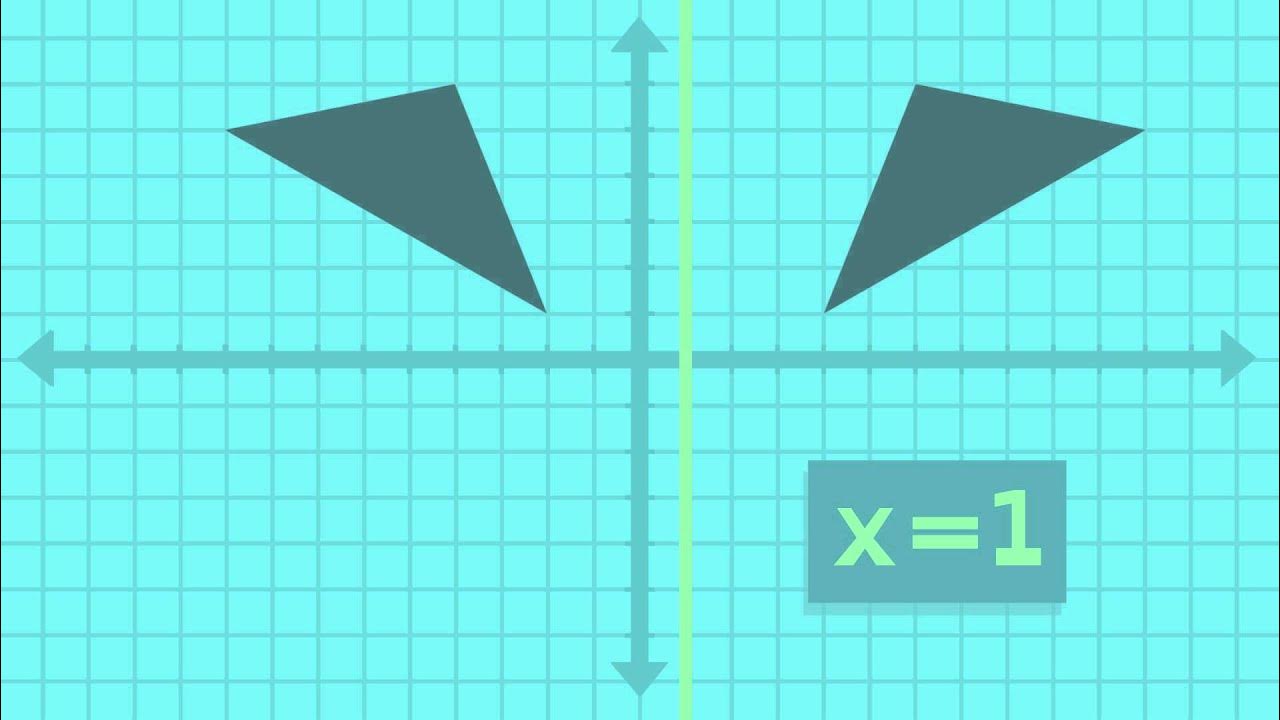32 - Espelho, espelho meu... - Física - Ens. Médio - Telecurso
Summary
TLDRThis lesson explores the fascinating world of mirror reflection. It starts with an everyday observation—how the word 'ambulance' is inverted on vehicles' hoods—and delves into the science behind mirrors. The script covers how images form in plane mirrors, where objects appear the same size but laterally inverted, and explains spherical mirrors (concave and convex), where images can be real or virtual and vary in size. Through clear geometric constructions and ray diagrams, the video demonstrates how to calculate distances and sizes of images. A comprehensive review reinforces key concepts, with practical applications in understanding reflections and solving physics problems.
Takeaways
- 😀 The reflection phenomenon in flat mirrors creates an inverted image, as seen with ambulance signs on their vehicles.
- 😀 A flat mirror forms images geometrically based on the angles of incidence and reflection, creating a virtual image that appears behind the mirror.
- 😀 In flat mirrors, the object and its image are equidistant from the mirror, with the image maintaining the same size as the object.
- 😀 Virtual images in flat mirrors are formed when light rays diverge after reflection, and their paths intersect behind the mirror.
- 😀 The construction of geometric relations between the object and image is key to understanding how images form in flat mirrors.
- 😀 The distance from the object to the flat mirror is equal to the distance from the image to the mirror.
- 😀 Images formed by spherical mirrors (concave or convex) are more complex than those formed by flat mirrors, as they can differ in size and location.
- 😀 Concave mirrors produce real, inverted images, while convex mirrors create virtual, upright images.
- 😀 In spherical mirrors, the focus point lies between the vertex and the center of the mirror’s surface, affecting the direction of reflected rays.
- 😀 For concave and convex mirrors, the position and size of the image depend on the object's distance from the mirror, with specific formulas used to calculate these properties.
- 😀 The concept of astigmatism applies to spherical mirrors, where images formed are not always in focus and depend on the curvature of the mirror.
Q & A
Why is the word 'ambulance' written in reverse on an ambulance vehicle?
-The word 'ambulance' is written in reverse so that drivers in front of the ambulance can read it correctly in their rearview mirrors.
What is the main focus of the teleclass discussed in the script?
-The teleclass focuses on the formation of images in plane mirrors and spherical mirrors, including concave and convex types.
What characteristic of a plane mirror is explained in the script?
-A plane mirror reflects an image in an inverted manner, which is why it often appears reversed, such as left and right being switched.
What is the relationship between the object, the mirror, and the image in a plane mirror?
-In a plane mirror, the distance from the object to the mirror is equal to the distance from the image to the mirror. Additionally, the image is virtual and of the same size as the object.
How is the position of the image determined geometrically in a plane mirror?
-The image is determined by the intersection of light rays reflected from the object. These rays diverge from the object and meet at a point behind the mirror.
What is the difference between a real image and a virtual image?
-A real image can be projected onto a screen as light rays actually converge, while a virtual image is formed by rays that appear to converge but do not physically meet.
What happens to the size of an image in a plane mirror?
-In a plane mirror, the image is the same size as the object. This is a key characteristic of a plane mirror.
How do spherical mirrors differ from plane mirrors in terms of image formation?
-Spherical mirrors, such as concave and convex mirrors, do not always form images that are the same size as the object. The size and position of the image depend on the curvature of the mirror and the object’s position relative to the mirror.
What is the significance of the focus point in spherical mirrors?
-The focus point in spherical mirrors is where parallel rays of light either converge (in concave mirrors) or appear to diverge from (in convex mirrors). It plays a crucial role in determining the image's position and size.
What are the key differences between concave and convex spherical mirrors?
-Concave mirrors cause light rays to converge and can form both real and virtual images, depending on the object's position. Convex mirrors cause light rays to diverge and always form virtual images, which are smaller than the object.
Outlines

This section is available to paid users only. Please upgrade to access this part.
Upgrade NowMindmap

This section is available to paid users only. Please upgrade to access this part.
Upgrade NowKeywords

This section is available to paid users only. Please upgrade to access this part.
Upgrade NowHighlights

This section is available to paid users only. Please upgrade to access this part.
Upgrade NowTranscripts

This section is available to paid users only. Please upgrade to access this part.
Upgrade Now5.0 / 5 (0 votes)





